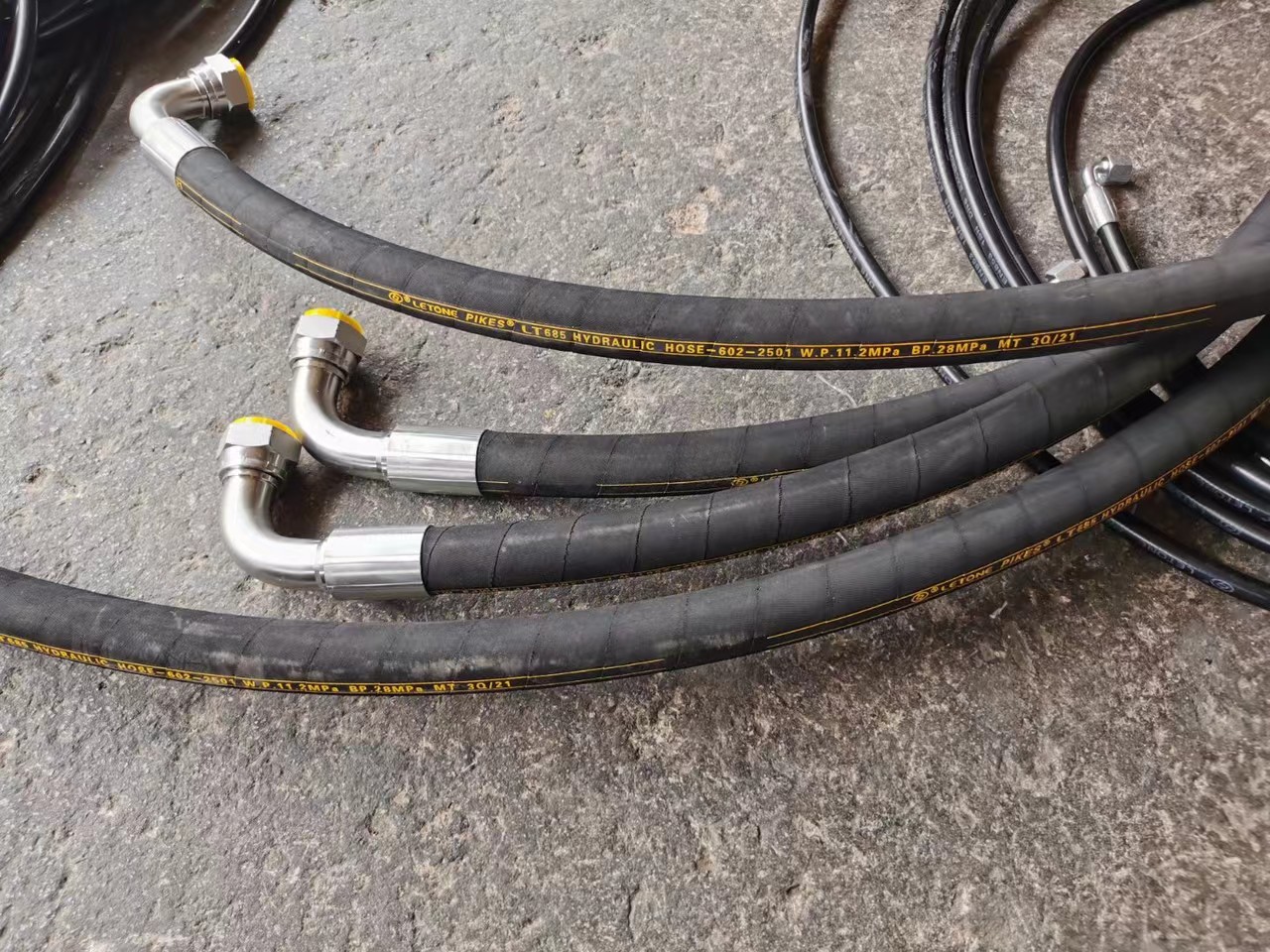Different Kinds of Delivery Hose
2023-02-15 14:57:49
There are many types of delivery hoses. These hoses can be used for water suction and delivery. They are also a good choice for low-medium-pressure chemical delivery. They come in a variety lengths and colors. They can be used for both suction and delivery of liquids and solids. They can also be used in low-temperature applications.
Wear resistant water suction and delivery hose
Wear resistant water suction and delivery hoses are designed for applications where high pressure is required. These hoses are made from synthetic rubber with a weather- and ozone-resistant cover. The inner and outer rubber layers of the hose have fine wear resistance. The reinforcement layer is made from high-quality canvas and high resilience steel wire. The reinforced hose can withstand both positive and negative pressures and has metallic flanges at both ends for easy installation.
Wear resistant water suction and delivery hose is ideal for various industrial and construction applications. It is 85% more abrasion resistant than its leading competitor. The hose is suitable for transfer of water, fertilizers, metals, rock salts and other abrasive materials.
Low medium chemicals delivery hoses
The right hose is essential for chemical delivery systems that work with low to moderate concentrations of chemicals. It is important to consider the chemical's temperature, working pressure, and concentration when choosing a hose. The technical information section of your hose can provide this data.
Chemical hoses come in many sizes, pressures, temperatures, and diameters. They are made of strong but flexible material, and they're designed to withstand different chemical substances, as well as environmental conditions. Unlike other types of hoses, chemical hoses can withstand high pressure without cracking or kinking. They can be used in many industrial processes.
Begin by cutting the outer jacket or lining to the required length. Next, a steam connection is attached to each end of the hose. The inner jacket is then inflated with pressurized steam. The inner jacket is then bonded to it using a thin layer of uncured rubber.